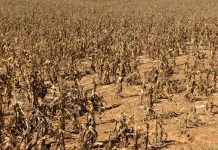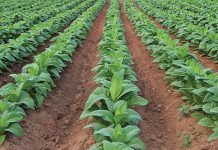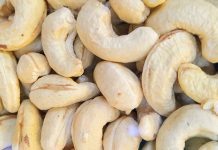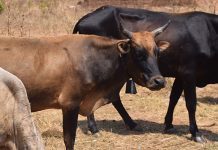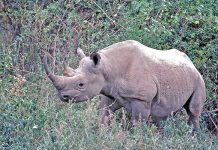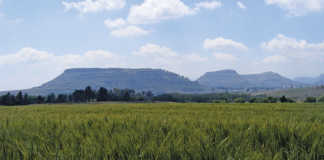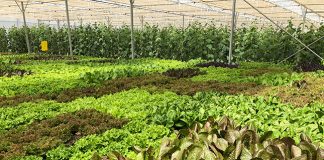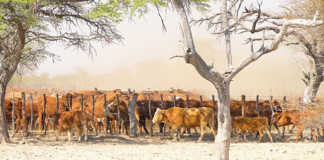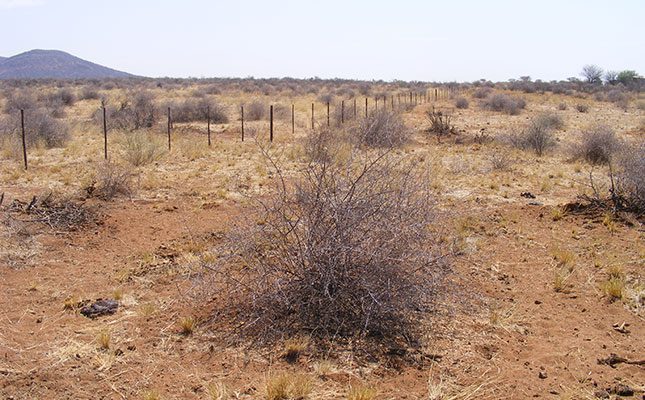
“This drought has had a severe impact on the country so far, especially in light of the fact of the devastating drought that occurred between 2013 and 2019. Livestock producers in our country are still rebuilding livestock numbers after that drought, but now have to reduce numbers again,” Pretorius told Farmer’s Weekly.
According to Pretorius, the western parts of northern and central Namibia were also desperately dry and grain farmers in the dryland grain-producing areas, including Tsumeb, Otavi and Grootfontein, were severely affected.
“The situation is dire. Even if we received rain now, we’re at the tail end of the growth season. With the first frosts, the nutritional value of the little grazing that’s left will be halved.
“Feeding livestock is not an option in Namibia because of the exorbitant cost. Most of the animal feed is imported from neighbouring countries such as South Africa and Zambia,” he said.
In a report published by the Namibia Economist, Erastus Ngaruka, Technical Advisor: Livestock and Rangeland Management, Agricultural Bank of Namibia, said: “Now more than ever, the events and effects of climate change are evident in Namibia.”
According to Ngaruka, since the 2013 and 2019 drought, rainfall in Namibia had been erratic, coupled with events such as disease and pest outbreaks and floods.
“However, even if the remaining months receive rain, it doesn’t mean an immediate improvement on rangeland productivity. But [this] will have a long-term advantage for soil rehydration and soil moisture content, which will be needed by plants after the winter dormancy period,” Ngaruka added.
He said farmers needed to develop drought-coping strategies to ensure their animals survived until the next rainy season. They needed to prepare for water scarcity, increased temperatures, poor grazing conditions, and associated threats to livestock health.
During drought, market prices usually fell drastically due to increased costs of production and the poor condition of livestock.


